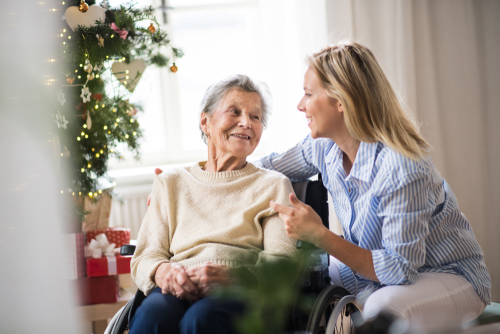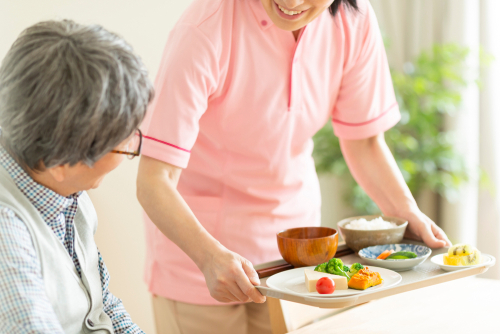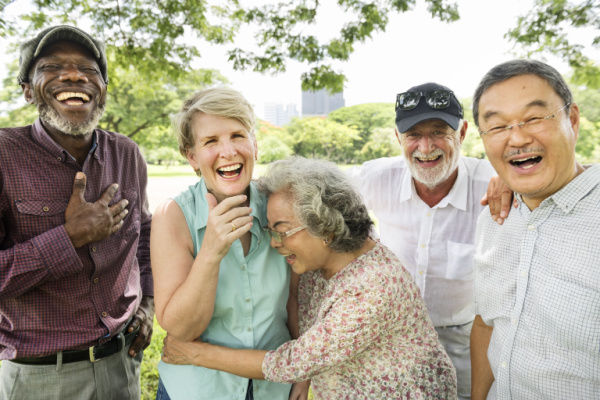As the scorching summer sun approaches, it’s crucial for aged care workers and those looking after the elderly to prepare for the challenges that come with the rising temperatures. According to meteorologists, Australia is set to experience a very hot summer season, with the El Niño climate pattern predicted. This means dry heat and potentially waves of it.
As we age, the body can experience a range of physiological changes that can mean older individuals are more vulnerable when it comes to heat-related concerns. This could include health issues such as:
- Heatstroke
- Dehydration
- Heat exhaustion
- Heat cramps
- Hyponatremia (Low sodium levels)
- Sunburn
- Respiratory issues
- Skin rashes
The risk for serious illness or even death from these heat-related health issues is exacerbated further for elderly people who live alone, are taking certain medications, and/or live with chronic medical conditions.
As aged care workers, it’s vital to have essential knowledge around managing hot weather to provide the best care and ensure the safety and wellbeing of older people during the hottest time of year.
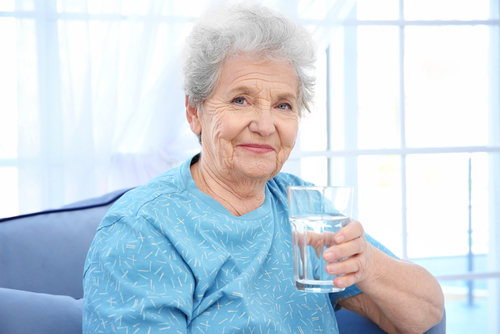
Prevention is protection for the elderly in summer
First things first — prevention is protection. By taking care to effectively manage the heat before it becomes a concern, we can protect elderly people and reduce their risk of suffering this summer.
Let’s get familiar with some of the key ways you can prevent heat-related issues for those in your care.
Creating a safe living environment: Keeping the home at a comfortable temperature is a must. If air conditioning is available, ensure it’s in good working order. If not, consider alternative methods such as strategically placing fans, using curtains or blinds to block sunlight, and promoting airflow by opening windows during cooler parts of the day.
Keeping cool outdoors: Spending time outdoors can be enjoyable and promote wellbeing, but when it’s hot outside extra precautions are often required. Aged care workers can create a safe environment by ensuring there’s shade available, scheduling outdoors time for the cooler parts of the day and using sunscreen and hats.
Dressing for the weather: Don’t overlook the impact of appropriate clothing for staying cool. In hot weather, opt to provide lightweight, loose-fitting garments made from breathable fabrics such as cotton for elderly people where possible.
Maintaining hydration: One of the most critical aspects of providing care for the elderly during summer is hydration. Aging can reduce the sensation of thirst, making it imperative for aged care workers to be proactive. Encourage regular water intake and offer hydrating foods like fruits and vegetables. Creating a schedule for water consumption can help and take note of signs of dehydration such as dry mouth, dizziness, or dark urine.
Checking in regularly: Keep checking in with the older individuals in your care during the summer, and encourage family, friends, and neighbours to do the same. The summer period can be isolating for many elderly people, so regular visits and calls can provide much-needed company as well as an opportunity to assess a person’s wellbeing in the heat.
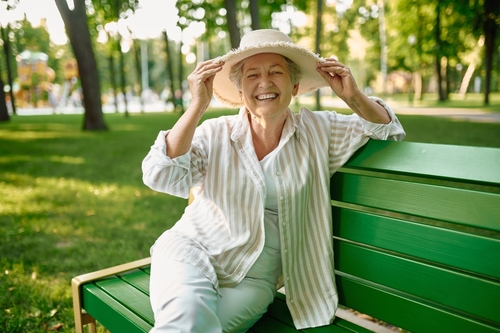
Knowing the signs of heat distress in aged care
Identifying signs of heat distress in older individuals is crucial to ensure their wellbeing, especially during the upcoming hot weather. Here’s a list of signs to look for:
Excessive sweating: While sweating is a natural response to heat, excessive sweating, especially when coupled with dehydration, can be a sign of heat distress.
Weakness and fatigue: Noticeable weakness, lethargy, or fatigue that is out of the ordinary for the individual.
Dizziness or light-headedness: Feeling unsteady or lightheaded can be indicative of heat-related issues, as it may suggest a drop in blood pressure.
Nausea or vomiting: Persistent nausea or vomiting may be a sign of heat distress, indicating potential dehydration.
Behaviour changes, confusion or disorientation: Heat can affect cognitive function, leading to confusion or disorientation. Pay attention to changes in mental alertness and mood.
Rapid pulse or breathing: An unusually fast or strong pulse may be a sign that the body is struggling to regulate its temperature. Increased respiratory rate, especially if breathing becomes rapid and shallow, may be an indication of heat distress.
Hot, dry skin or redness: If skin feels hot and dry to the touch, or appears unusually red, this could signal dehydration or sunburn and may require treatment.
Headache: Persistent or severe headaches can be a symptom of heat-related issues and should not be ignored.
Dark urine: Concentrated or dark urine may suggest dehydration. Adequate fluid intake is crucial to maintain proper hydration.
Muscle cramps or weakness: Heat can contribute to muscle cramps or weakness, and can be related to an imbalance in electrolytes from excessive sweating.
Fainting: If an elderly person faints or loses consciousness, it is a severe sign of heat distress and requires immediate medical attention.
The older people in your care are more susceptible to heat-related complications, and early detection is key to preventing severe outcomes. If you notice any of these signs this summer, make sure you take appropriate stop to provide fluids, cool the individual down, and seek medical attention as necessary.
By being vigilant, we can keep elderly people safe and comfortable even as the weather heats up. For more support, this Better Health fact sheet can help.
For more information about our courses or the sector, get in touch.
